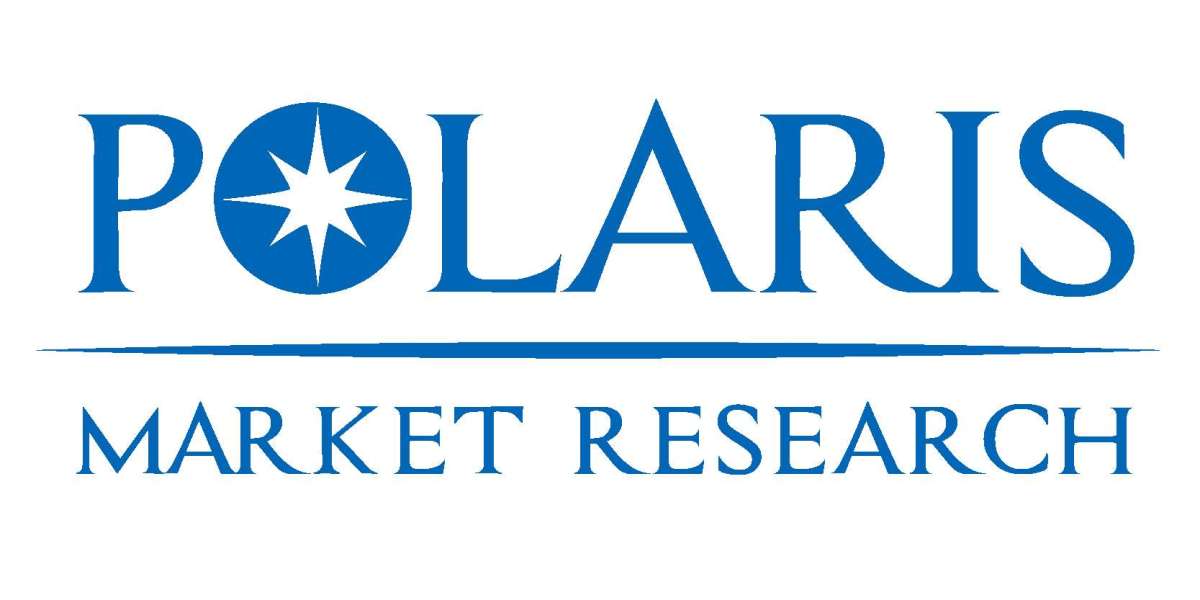The global diabetic ketoacidosis treatment market, valued at USD 864.63 million in 2024, is expected to reach USD 1,292.08 million by 2034, expanding at a CAGR of 4.1% from 2025 to 2034. This growth reflects an urgent global response to rising diabetes-related complications and the increasing emphasis on early diagnosis and rapid management of DKA, a potentially fatal consequence of diabetes mellitus.
Understanding the DKA Challenge
DKA results from insulin deficiency, leading to a dangerous buildup of ketones in the blood. Though most commonly associated with type 1 diabetes, it can also affect individuals with type 2 diabetes under stress or infection. DKA requires immediate medical intervention involving fluid resuscitation, electrolyte balance, and insulin administration.
With diabetes now affecting over 540 million adults globally, healthcare systems are intensifying their focus on DKA. The adoption of innovative insulin delivery methods, advancements in glucose monitoring technology, and improvements in emergency protocols are significantly transforming how DKA is managed in clinical and home settings.
Driving Forces Behind Market Growth
The increasing global burden of diabetes is one of the primary drivers of DKA treatment demand. Rising cases of both type 1 and type 2 diabetes—driven by poor diet, sedentary lifestyles, and genetic predisposition—are fueling the number of acute complications, including DKA. Mismanagement of diabetes, lapses in medication adherence, and infection-triggered metabolic crises are major contributing factors.
Technological innovation is revolutionizing DKA treatment. The widespread integration of continuous glucose monitoring (CGM) systems with smart insulin pumps has enabled tighter glycemic control, drastically reducing the frequency and severity of DKA episodes. Automated insulin delivery (AID) systems now offer patients near real-time insulin adjustments, minimizing human error and improving outcomes.
Emergency care infrastructure has also seen a significant upgrade in both developed and emerging markets. Many countries have introduced point-of-care ketone diagnostics and real-time monitoring systems, leading to faster triage and more effective treatment. Investments in emergency response training, particularly in developing economies, are helping to reduce DKA-related mortality rates.
Global awareness campaigns by health organizations such as the World Health Organization (WHO) and the International Diabetes Federation (IDF) are helping to educate the public about DKA’s warning signs, such as extreme thirst, frequent urination, nausea, and confusion. Early detection leads to timely medical intervention, lowering hospitalization time and cost.
Explore The Complete Comprehensive Report Here:
https://www.polarismarketresearch.com/industry-analysis/diabetic-ketoacidosis-treatment-market
Segmentation of Treatment Modalities
The DKA treatment landscape is multifaceted. Insulin therapy continues to serve as the cornerstone of DKA management. Innovations in insulin types—such as ultra-rapid-acting analogs—are improving efficacy. Moreover, the synergy of insulin therapy with CGM and pump technologies ensures continuous and controlled insulin delivery.
Fluid replacement and electrolyte management remain essential components of acute treatment. As more hospitals adopt standardized DKA protocols, treatment outcomes are becoming more consistent across the board.
In terms of administration, intravenous insulin delivery remains dominant for acute and severe DKA cases, particularly in hospital settings. However, subcutaneous insulin delivery—enabled by wearable insulin pumps—is gaining favor, especially in pediatric patients and individuals managing mild DKA symptoms outside hospital environments.
Hospitals and emergency care centers continue to be the primary end-users due to the need for round-the-clock patient monitoring. However, homecare settings are on the rise as technologies become more accessible and user-friendly, enabling patients to receive early intervention in the comfort of their own homes.
Market Challenges to Watch
Despite a promising trajectory, several challenges persist in the DKA treatment landscape. Chief among them is the high cost of advanced CGM devices and insulin pumps. In low- and middle-income countries, these technologies remain out of reach for much of the population due to limited reimbursement and health insurance coverage.
Another challenge lies in the disparity of healthcare access. Rural and underserved regions often lack adequate emergency medical facilities, resulting in delayed diagnosis and treatment. This contributes to higher morbidity and mortality rates associated with DKA.
Product recalls and safety issues can also disrupt market momentum. For instance, if an insulin pump malfunctions or a CGM provides inaccurate readings, patients are at greater risk of mismanaging insulin doses, increasing the likelihood of DKA episodes. Such incidents may lead to regulatory scrutiny and reduce patient confidence in new technologies.
Regional Performance and Emerging Trends
North America remains the leading regional market for DKA treatment, thanks to high diabetes prevalence, cutting-edge technology adoption, and advanced healthcare systems. Companies based in the U.S., such as Medtronic and Dexcom, are pushing the envelope in closed-loop insulin delivery systems that reduce human error and optimize glycemic control.
Europe follows closely, bolstered by supportive healthcare policies, strong public healthcare systems, and growing government investments in chronic disease management. Countries such as Germany, the UK, and France are notable for their progressive approach to diabetes care, making them ideal markets for innovation in insulin and CGM solutions.
Asia-Pacific is the fastest-growing region, driven by soaring diabetes rates, an expanding middle class, and increased health consciousness. Countries like India and China are seeing rapid growth in diabetes-related healthcare infrastructure and are actively adopting cost-effective CGM and insulin technologies, often manufactured locally or distributed through regional partnerships.
Meanwhile, Latin America and the Middle East & Africa are experiencing steady growth. Although healthcare infrastructure in these regions varies widely, awareness campaigns and international partnerships are starting to address the treatment and diagnosis gaps for DKA.
Competitive Dynamics
The diabetic ketoacidosis treatment market is marked by competition and collaboration among pharmaceutical companies, medtech firms, and healthcare innovators. Global players are pursuing strategies that range from technological innovation to geographic expansion.
Abbott Laboratories is at the forefront of CGM with its FreeStyle Libre system, while Medtronic and Tandem Diabetes Care are pioneering closed-loop insulin delivery technologies. Insulet Corporation’s Omnipod® offers an alternative to traditional insulin pumps, appealing to younger and active users.
Pharmaceutical leaders such as Novo Nordisk, Eli Lilly, and Sanofi continue to refine their insulin offerings, developing faster-acting, longer-lasting, and more affordable options. Companies like Dexcom, Becton Dickinson, and Roche Diagnostics play a crucial role in monitoring and diagnostics, helping ensure timely intervention in DKA cases.
Smaller firms such as Glenmark and Ypsomed are gaining traction in emerging markets by offering accessible, cost-effective diabetes care solutions tailored to local needs.
Conclusion
The future of the diabetic ketoacidosis treatment market is defined by innovation, accessibility, and patient empowerment. As diabetes becomes an increasingly global concern, the ability to detect, prevent, and effectively manage DKA is more critical than ever. The integration of wearable technologies, AI-driven diagnostics, and cloud-connected monitoring systems is making personalized, real-time diabetes management a reality.
Looking ahead, partnerships between private companies, public health organizations, and government bodies will be essential in bridging the accessibility gap, particularly in developing regions. With sustained investment, regulatory support, and growing patient awareness, the DKA treatment market is well-positioned to meet the needs of a changing world—ensuring that more lives are saved through timely, efficient, and equitable care.
More Trending Latest Reports By Polaris Market Research:
Battery Energy Storage System Market
Agricultural Drone Data Analytics Solutions Market
Battery Energy Storage System Market
Digital Freight Matching Market
Electrophysiology Devices Market
Lifestyle Diseases Apps Market



